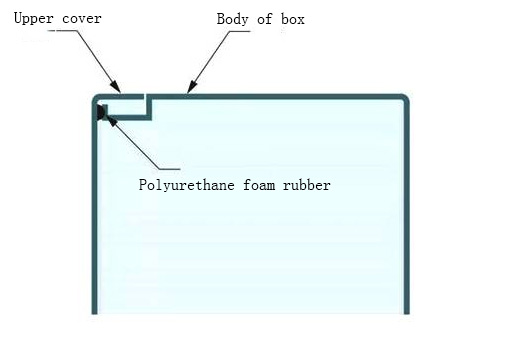
With the rapid development of new energy industry, photovoltaic power generation has been applied more and more widely. As a key component of photovoltaic power generation system, most of the photovoltaic inverters are operating in the outdoor environment, which will be tested by very harsh or even harsh environment.
For outdoor operating photovoltaic inverter, its structure design must meet the IP65 level standard. Only by reaching this standard, can our inverter work safely and efficiently. The IP level is the protection grade for the foreign object invasion of the electrical equipment shell, which is the standard IEC 60529 of the International Electrotechnical Commission (IEC), which was also used as the national standard in the United States in 2004. We often say IP65 level, IP is the abbreviation of Ingress Protection, of which 6 is dustproof grade, (6: completely prevent dust entry); 5 is waterproof grade, (5: no harm to this product by water rinsing).
In order to meet the requirements of the design, the structure design of photovoltaic inverter is very strict and prudent, which is also a very easy problem in the field of application. So how do we design a qualified inverter product?
In the current industry, there are 2 main protective design methods between the upper cover and the box of the inverter. One is the silica gel waterproof ring, which is generally used as the 2mm thick, and the effect of waterproof and dustproof is achieved through the closure of the upper cover and the box. The protective design is limited by the deformation of the silica gel waterproof ring and the hardness and material. It is only suitable for the small 1-2KW inverter box, and the larger box body, its protective effect has many hidden dangers.
As shown in the following schematic diagram:

The other is to use the German RAMPF polyurethane foam rubber to protect it. This polyurethane foam rubber is formed by numerical control foaming and formed directly with the upper cover and other structural parts, and its deformation measure can reach more than 50%. It is especially suitable for the protection design of our medium and large inverters.
As shown in the following schematic diagram:

At the same time, it is more important that in structural design, in order to ensure high strength waterproof design, the upper cover and box of the photovoltaic inverter box should be designed between the tank and the box, so that even if the water mist enters the inverter through the upper cover and the box, the water droplets will be transferred out through the waterproofing tank to avoid entering the box.
In recent years, the competition of photovoltaic market is fierce. In order to control the cost, some inverter manufacturers have made some simplification and substitution from the protection design and material use. For example, as shown in the following schematic diagram:

The left side is a design to reduce the cost. The box is bent to control the cost of the sheet metal material and process. The three channel bending box on the right side is obviously less a diversion slot, which is much lower from the strength of the box. These designs have brought great potential for the use of the waterproof performance of the inverter.
The left side is a design to reduce the cost. The box is bent to control the cost of the sheet metal material and process. The three channel bending box on the right side is obviously less a diversion slot, which is much lower from the strength of the box. These designs have brought great potential for the use of the waterproof performance of the inverter.
So that we can see that a qualified photovoltaic inverter structure design, no matter from the chassis structure design, or from the use of material are to be cautious strict design and choice, otherwise, blindly in order to control costs and reduce the design requirements, only to long-term stable operation of the photovoltaic inverter bring huge hidden trouble.